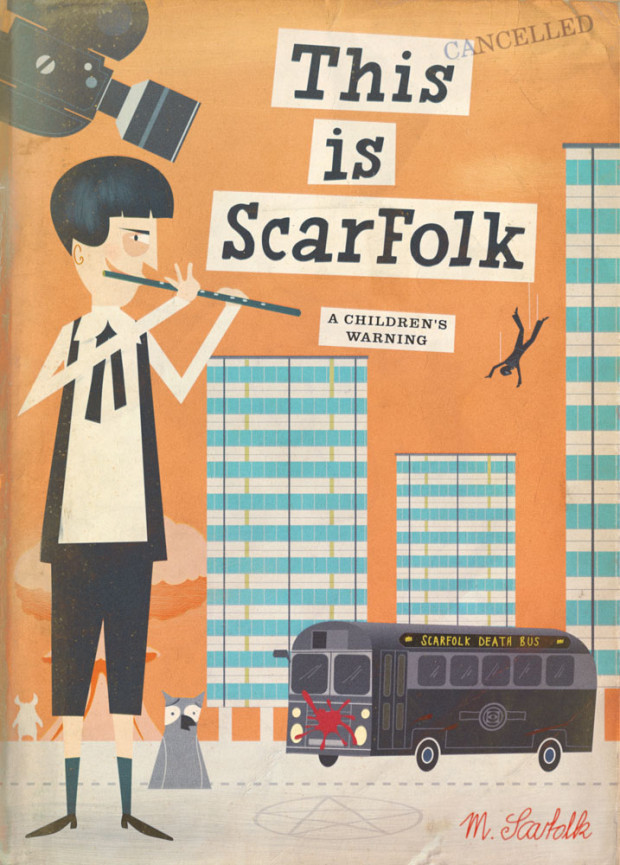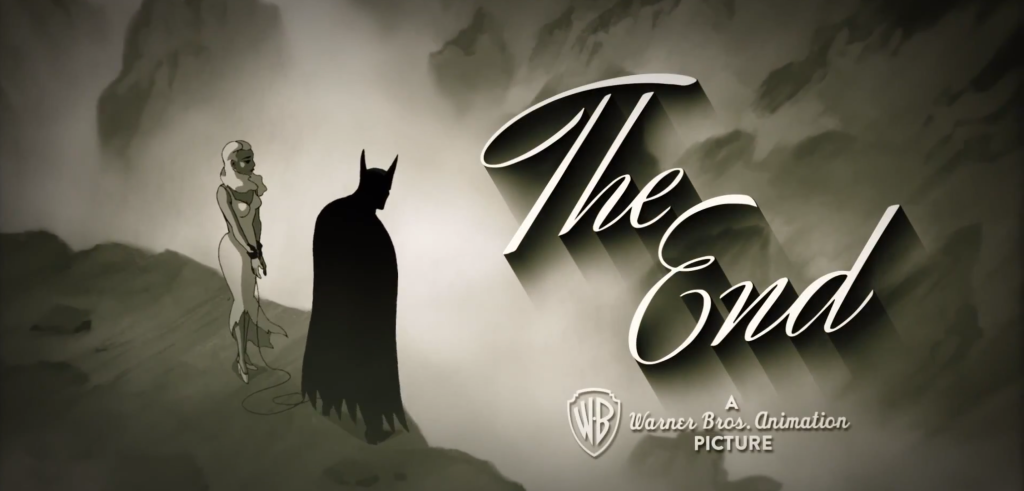
Cartoon by Graham Annabelle.
And just a reminder, Graham AKA Grickle has a new graphic novel for kids called Eerie Tales from the School of Screams coming out this summer.
Comments closedBooks, Design and Culture

Cartoon by Graham Annabelle.
And just a reminder, Graham AKA Grickle has a new graphic novel for kids called Eerie Tales from the School of Screams coming out this summer.
Comments closed
Cartoon by Graham Annabelle.
Graham has a new graphic novel for kids called Eerie Tales from the School of Screams available in July.
Comments closed
After illustrating other famous cities around the world, Miroslav Šašek apparently decided to visit to Scarfolk, England…
Comments closed
For me, and I suspect plenty of other people of a certain age, the noir-inspired Batman: The Animated Series, is still the most satisfying version of the character to come to screen. The series has long since ended but happily, Bruce Timm, co-creator of the series, has produced a new, wonderfully retro, animated short called Batman: Strange Days to celebrate the Dark Knight’s 75th anniversary:
In a recent interview with Comics Alliance, Timm talked about his work on the original series and the retro look of the new short:
I wanted to make the whole cartoon look as if it was like the cartoon itself was made in 1939, got stuck in a vault somewhere, and nobody has seen it until now. Not that I thought we were going to pull that kind of hoax, but that was the feel I wanted. I wanted it to be so authentically old school. I went back and looked at those early Bob Kane comics and even though they’re really super crude, there’s something really cool about the way Batman looks in those comics. He’s got the really long ears, they kind of stick out in an inverted “A” shape, or a “V” shape, on the top of his head because they kind of stick out on an angle; they’re really tall. He’s got tiny eyes, his trunks are long, his boots are long. He has short little gloves. I tried to incorporate as much of that in there as possible.
No surprise then that like the animated series, it reminds me a lot of the Fleischer Studios Superman cartoons from the early 1940s. The first episode of that series, “The Mad Scientist”, was released September 26th 1941 (before Superman could even fly!):
Personally, I like the episode 2, “The Mechanical Monsters, a lot:
And just as side note, when Batman first battled Hugo Strange’s giant monster men in Batman #1 (Spring 1940), he doesn’t mess about with tear gas — he actually takes them down with a machine gun. It would be the last time Batman killed anyone on purpose.

I really like Emily Carroll‘s online horror comics, so I’m really pleased that a collection of her work is going to be published by Simon & Schuster next July. Through the Woods will include comics like His Face All Red as well as some new, but similarly dark and folkloric, short stories Carroll has been working on.
(via Robot 6)
Comments closed
Just in time for Halloween and clocks going back, Canadian artist Emily Carroll has posted a chilling new webcomic called Out of Skin. Although it can be read a standalone story, Carroll says on her blog that she considers it “part of a trilogy in terms of setting & theme” with her earlier comics His Face All Red and Margot’s Room, both of which are well worth reading if you haven’t doesn’t already.

Happy Halloween!
Comments closedGrant Snider’s new Halloween horror story will chill the hearts of writers everywhere: 
Comments closed
I missed this during Banned Books Week, but with Halloween and Bonfire Night around the corner, it still seems somewhat timely…
At Print magazine Michael Dooley looks back at the comic books featured in Fredric Wertham’s infamous 1954 book The Seduction of the Innocent: The Influence of Comic Books on Today’s Youth.
Part one deals with “subliminal nudity, women’s ‘headlights,’ and the fascism and homosexuality of DC superheroes.” Part two, as Dooley gleefully notes, delivers “pages of eye injuries, Nazi vampires and teenage dope fiends.”

Dooley makes it clear he wants to “bury Dr. Fredric Wertham,” so don’t expect a lot of context (if you want more to read more about it, pick up The Ten Cent Plague by David Hadju), but hell, it’s fun anyway.
‘An Uncensored Look at Banned Comics’, a full-length story on banned comics, will appear in Print‘s February 2014 issue.
Comments closed